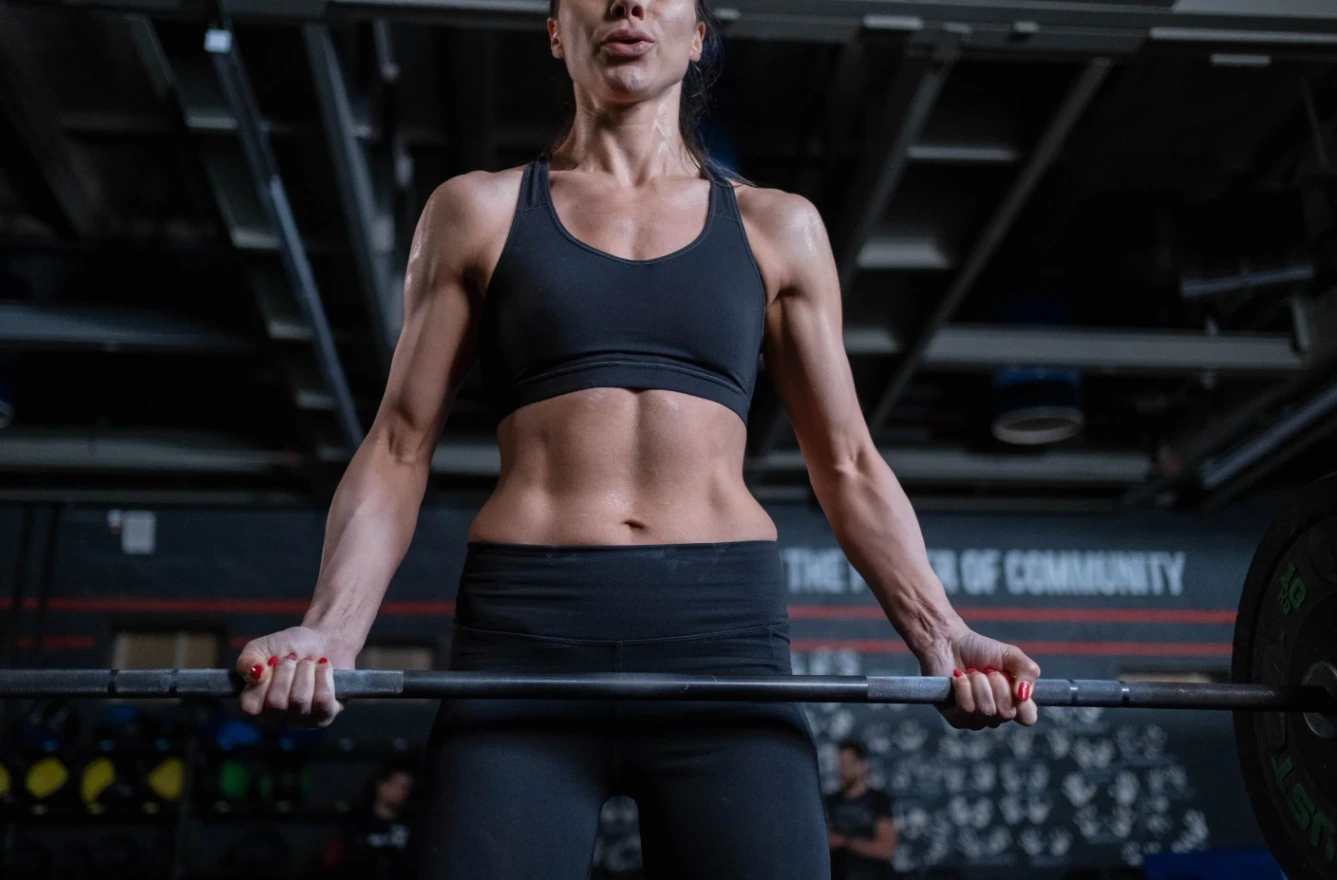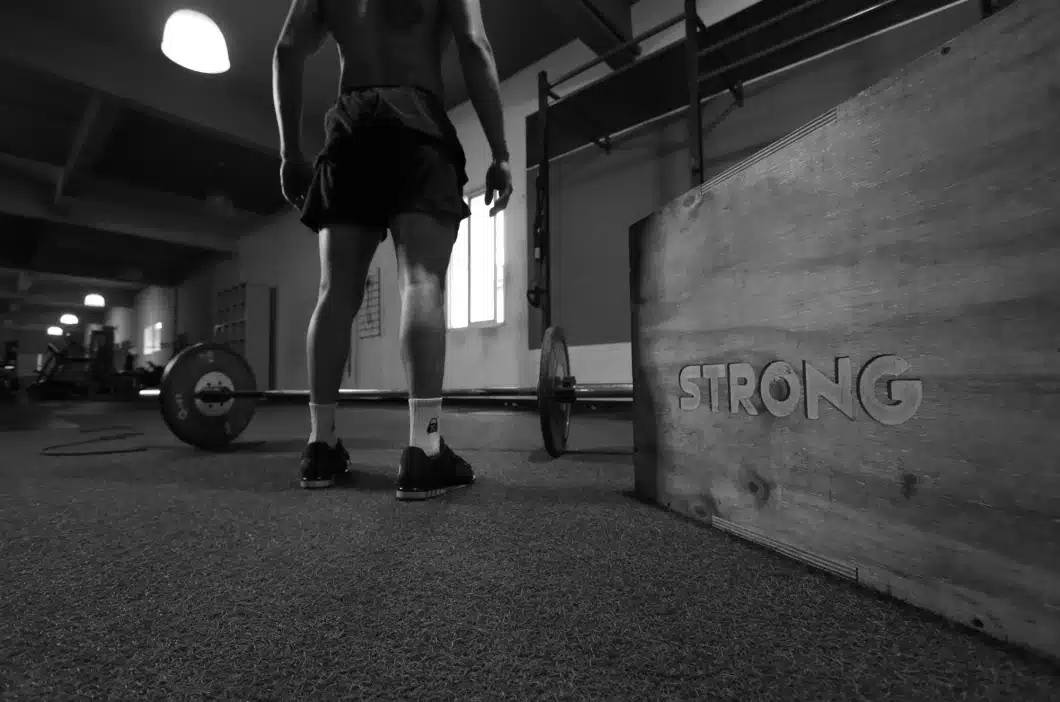The question of rest time between sets in bodybuilding is often raised to optimize muscle mass gain.
In fact, the recovery period between each set has a direct influence on performance on subsequent sets and therefore on the results obtained.
For effective mass gain, the optimum rest time is generally between 1 and 2 minutes between sets, although this can be adapted according to the intensity of effort and personal goals.
This period allows the energy system to partially regenerate, while maintaining sufficient mechanical tension to stimulate muscle hypertrophy.
We begin by reviewing the fundamentals of mass gain, before taking a detailed look at the different rest periods recommended. We conclude with an analysis of the risks associated with poorly managed recovery periods, a crucial factor in avoiding overtraining and optimizing performance.
What is mass gain?
Mass gain is a complex physiological process designed to develop muscle mass through a global approach combining training and nutrition. This approach requires rigorous programming and an in-depth understanding of muscle growth mechanisms.
The basics of weight gain
Mass gain is based on three essential pillars: adapted bodybuilding training, a controlled high-calorie diet and optimal recovery. The aim is to create an anabolic environment conducive to muscle building, while limiting fat gain. To achieve this, calorie intake must be around 10-20% higher than maintenance requirements, with particular attention paid to protein (1.6 to 2.2g/kg body weight(1)).

Mechanisms of hypertrophy
Muscle hypertrophy is produced by two complementary and interdependent processes.
Myofibrillar hypertrophy involves an increase in the number and size of myofibrils, the contractile proteins responsible for muscle strength. This type of adaptation is best stimulated by heavy loads (80-85% of maximum) with sets of 6-8 repetitions, creating significant mechanical tension on the muscle fibers.
At the same time, sarcoplasmic hypertrophy is characterized by an increase in the volume of sarcoplasm, enriched with glycogen and enzymes. It is promoted by sets of 8-12 repetitions with more moderate loads (70-80% of maximum) generating significant metabolic stress.
It's important to understand that there's no total dichotomy between these two mechanisms, and that it's not possible to target only one or the other. In fact, studies show that going for failure (maximum repetition), training with heavy or light loads has little influence on mass gain.
Physiological adaptations
Mass training triggers a number of physiological adaptations. The body increases its creatine phosphate and ATP reserves, improves muscle protein synthesis and develops its anaerobic capacities.
Multi-joint exercises such as the squat, bench press and deadlift are particularly effective in stimulating these adaptations. A training frequency of 3 to 5 sessions per week will optimize gains, as long as sufficient rest periods are respected between sessions.
The success of a weight-building program depends to a large extent on the management of the rest time between sets, a crucial element which we will now analyse.
What is the optimum rest time between sets?
Rest time between sets is a key factor in the effectiveness of strength training. As a general rule, a recovery period of 1 to 2 minutes is optimal for most exercisers.
This duration allows partial replenishment of ATP and creatine phosphate reserves, essential for muscle energy production, while avoiding sessions lasting too long.
Adaptation to intensity
The ideal rest period naturally varies according to the intensity of the effort involved. For exercises involving heavy loads and large muscle groups, such as the lower body, longer recovery times may be necessary. On the other hand, for isolation or low-intensity exercises, 45 to 60 seconds may be enough to complete the next series with optimum performance.

Personalized rest
It's crucial to understand that these rest periods are not absolute rules. Each exerciser must adapt his or her recovery to a number of factors:
- Training level and physical condition
- Intensity of effort
- Muscle group worked on
- Specific objectives of the session
Don't hesitate to adapt your resting time to how you feel, your body shouldn't lie to you.
Performance optimization
The key to effective training lies in varying muscle stimulation. Whether in terms of load, number of sets or rest periods.
This approach stimulates the muscular system differently and avoids stagnation. Shorter rests increase metabolic stress, while longer breaks promote full recovery for maximum effort.
However, there are risks involved, not least in taking too short rest periods, and we'll be discussing these in the next section.
What are the risks of a bad rest period?
Inadequate rest time can significantly compromise muscle gain objectives and present risks for the progress and safety of the exerciser. Managing rest between sets requires particular attention to optimize results and prevent injury.
Impact of insufficient rest
Too little recovery time between sets has a number of negative consequences. Muscle fatigue accumulates rapidly, preventing the replenishment of energy reserves required for intense effort.
This situation leads to a reduction in the maximum force available and a technical degradation of movements, significantly increasing the risk of injury.
In addition, lactic acid is not sufficiently eliminated, which can compromise training efficiency and the desired muscle growth.
The importance of consistency
Regular rest periods are a key factor in assessing progress. By maintaining similar recovery periods from one session to the next, it becomes possible to accurately measure performance improvement.
This approach effectively applies the principle of progressive overload, fundamental to muscle gain.
Conversely, variable rest times make it difficult to objectively assess progress, as performance may fluctuate according to recovery time rather than real muscular adaptations.
Conclusion
In conclusion, optimal management of rest times between sets is an important element in developing strength and ensuring efficient muscle growth.
Whether you're a beginner or an experienced exerciser, respecting a suitable recovery period helps you to optimize each bodybuilding session and make steady progress.
The most important thing to remember is that there is no such thing as a miracle rest period. Rest periods need to be adapted according to the type of training, the physical effort involved, personal objectives and individual feelings.
By respecting these basic principles and listening to your body, you'll be able to improve your results while minimizing the risk of injury, ensuring lasting progress in your muscle-building journey.
Here is a table to summarize the important information:
| 🔥 Key factors | Explanations |
|---|---|
| ⏳ Optimum rest | Between 1 and 2 minutes depending on the intensity of the effort |
| 🍽️ Adapted nutrition | 10-20% calorie surplus and 1.6-2.2g protein/kg |
| ⚡ Muscular energy | ATP and creatine phosphate must be partially regenerated |
| 🎯 Adaptation required | Rest time modulated according to exercise, intensity and objectives |
| 🚀 Optimization | Vary load, repetitions and rest to avoid stagnation |
| ⚠️ Risks of insufficient rest | Fatigue, loss of strength, poor performance, injuries |
| 📏 Essential constants | Maintain stable rest periods to measure progress |
| 🏆 Sustainable progress | Listen to your body and adapt your rest periods for better results |













